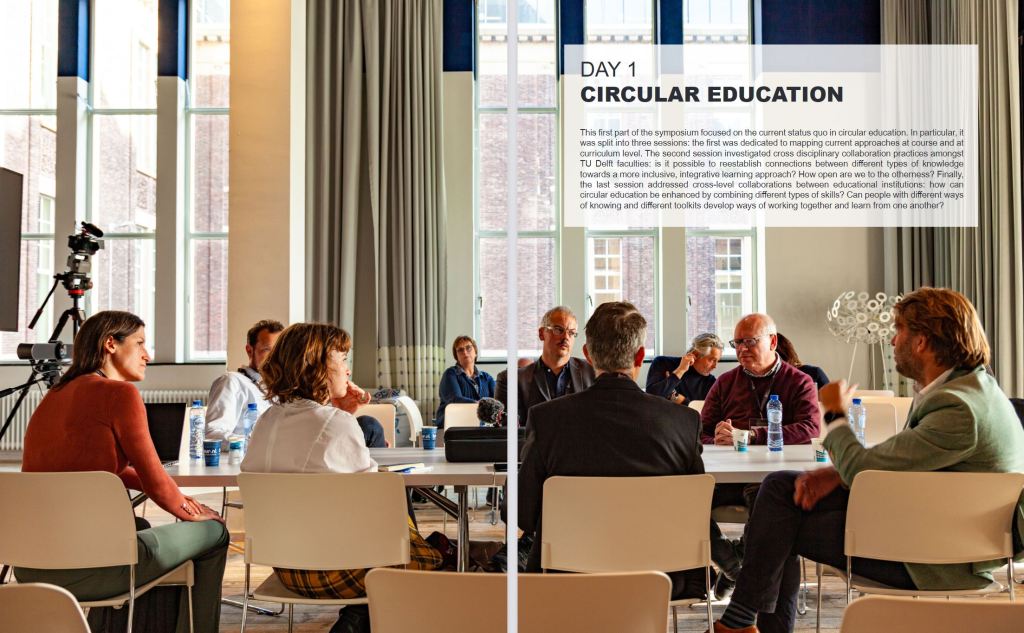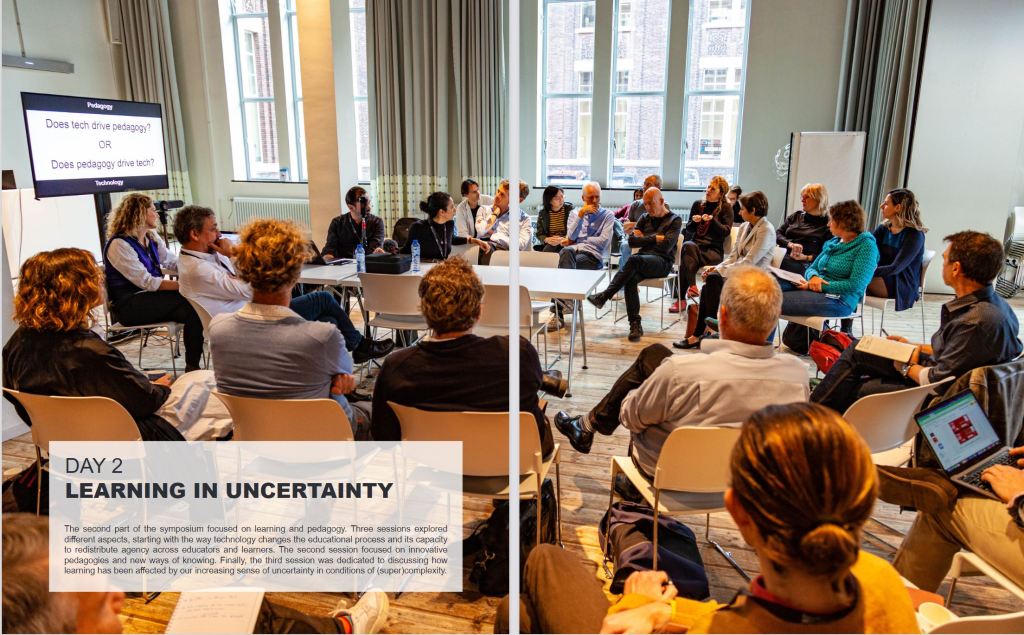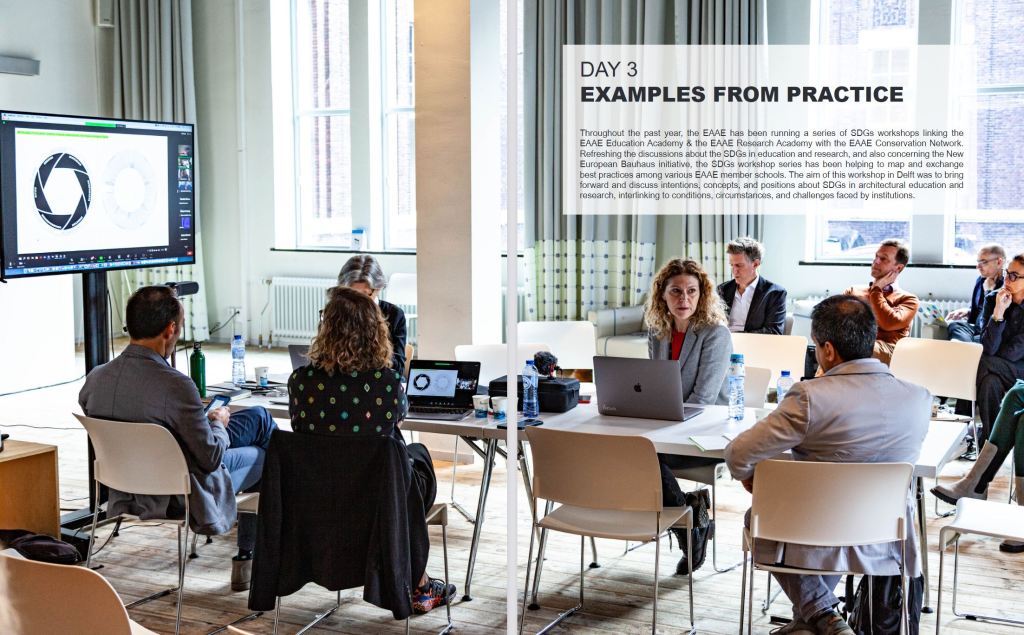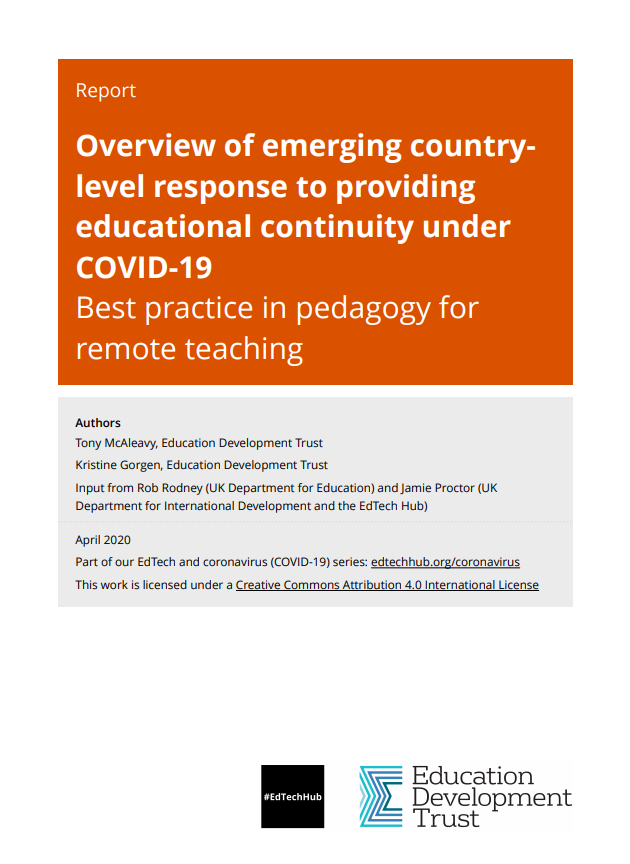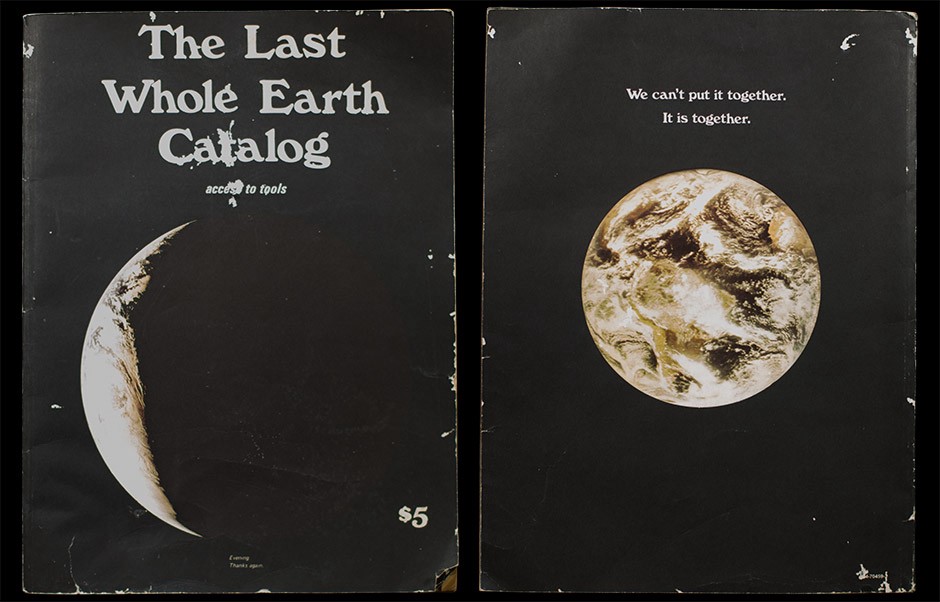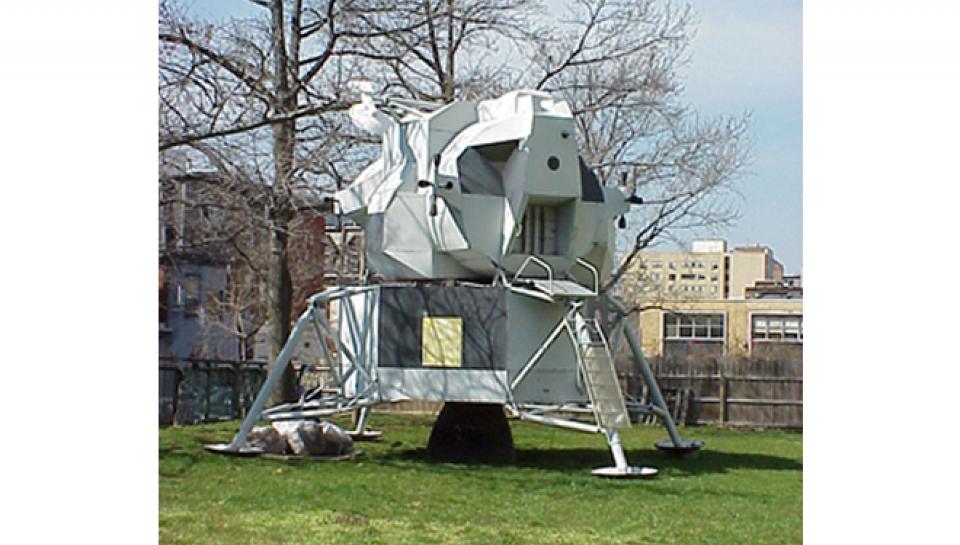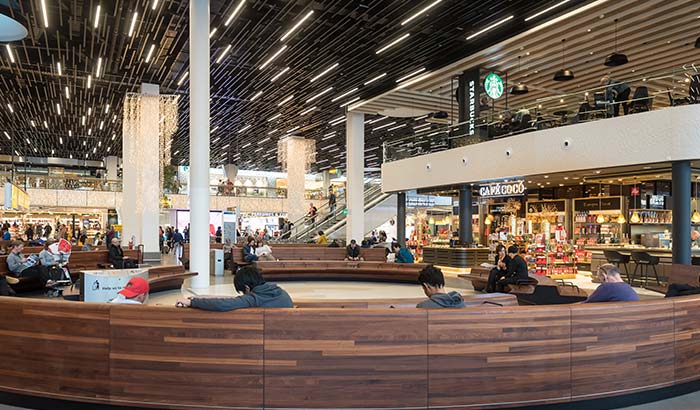This has made me think of xAPI and Learning Record Stores. And then, right at the end of the page, I bump into the concept of community yet again (!). I read:
Ubiquitous Commons allows for attributing citizens control over the data which they produce, and also to generate shared, meaningful patterns of perceived sensibility and responsibility, by enabling novel reflections in terms of identity, relation and belonging.
These can be used to foster new practices in which a new concept of digital public space emerges, which is accessible and inclusive, and also respectful of people’s right to self-determination and self-representation and, thus, to be able to more freely express our subjectivities, as individuals and as participants to multiple relational networks, cultures, belief systems. From consensus to co-existence.
Ubiquitous Commons is the commons in the age of Ubiquitous Technologies.
Ubiquitous Commons is a legal-technological protocol: it positions itself among the other technological protocols which operate at the level of networks and technologies and among their legal implications and the set of laws, regulations, standards and norms which regulate them. Ubiquitous Commons is an open protocol.
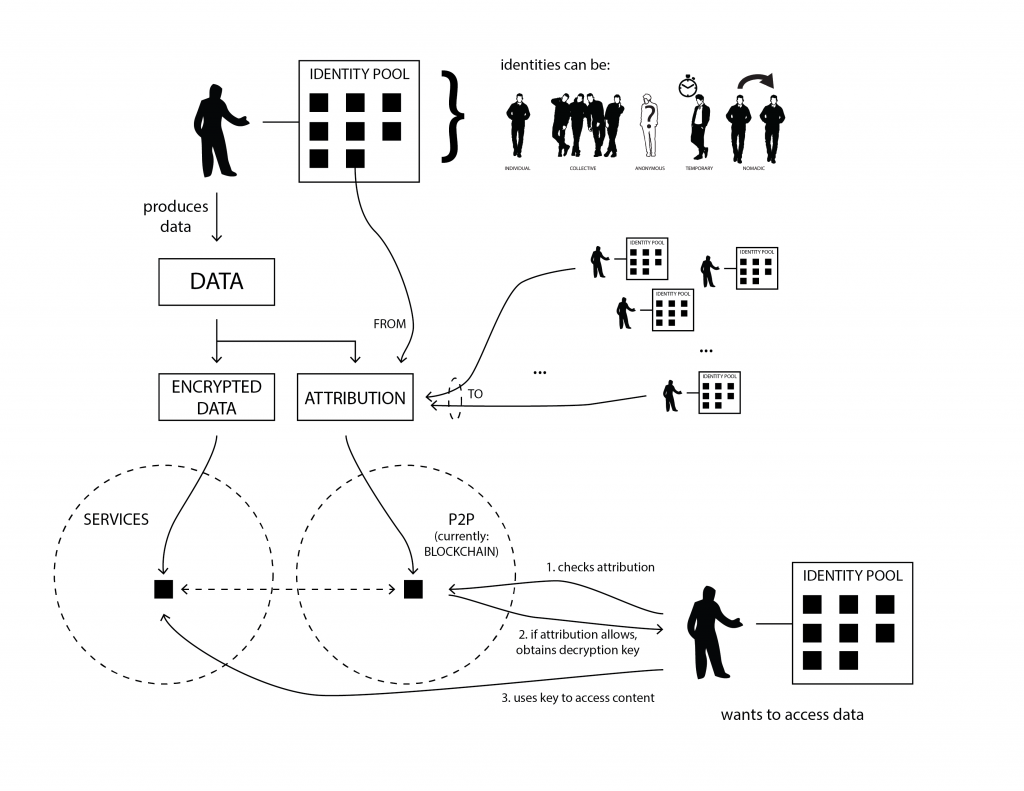
In the Ubiquitous Commons environment, users can define a series of identities, which they hold and manage in what we have defined as their identity pool; each identity corresponds to a digital certificate, composed by a private and public key; identities can be of different types: individual/ collective/ anonymous/ temporary/ nomadic/ or a combination of the above.
Whenever a certain user generates data, this data is encrypted; the encrypted data is coupled with an attribution, stating which Ubiquitous Commons identity generated it (from), and which Ubiquitous Commons identities can access the data (to); this attribution is generated by the “from” identity; the encrypted data goes on to the service or application for which it was generated for; the attribution goes on to a peer-to-peer network or infrastructure –currently the BlockChain – in which the identifiers of the content (data) and of the from-to identities are published; in this way, the user can grant the availability and access to this data to the specified identities, determined autonomously.
A user who desires access to the data, executes a query onto the peer-to-peer infrastructure, asking whether data identifier X has been granted access to the user’s Ubiquitous Commons identity (the “to” identity in the attribution, picked from one of the identities in the accessing user’s identity pool) by the generating user (the “from” identity); if the user turns out to be attributed with the possibility to access (the query returns a positive result), the user obtains the decryption mechanism (recomposing the private key necessary to decrypting the data); the user uses the decryption mechanism to decrypt and access the data; the transaction is logged onto the peer-to-peer network.
Excerpts and Image from Ubiquitous Commons Website
